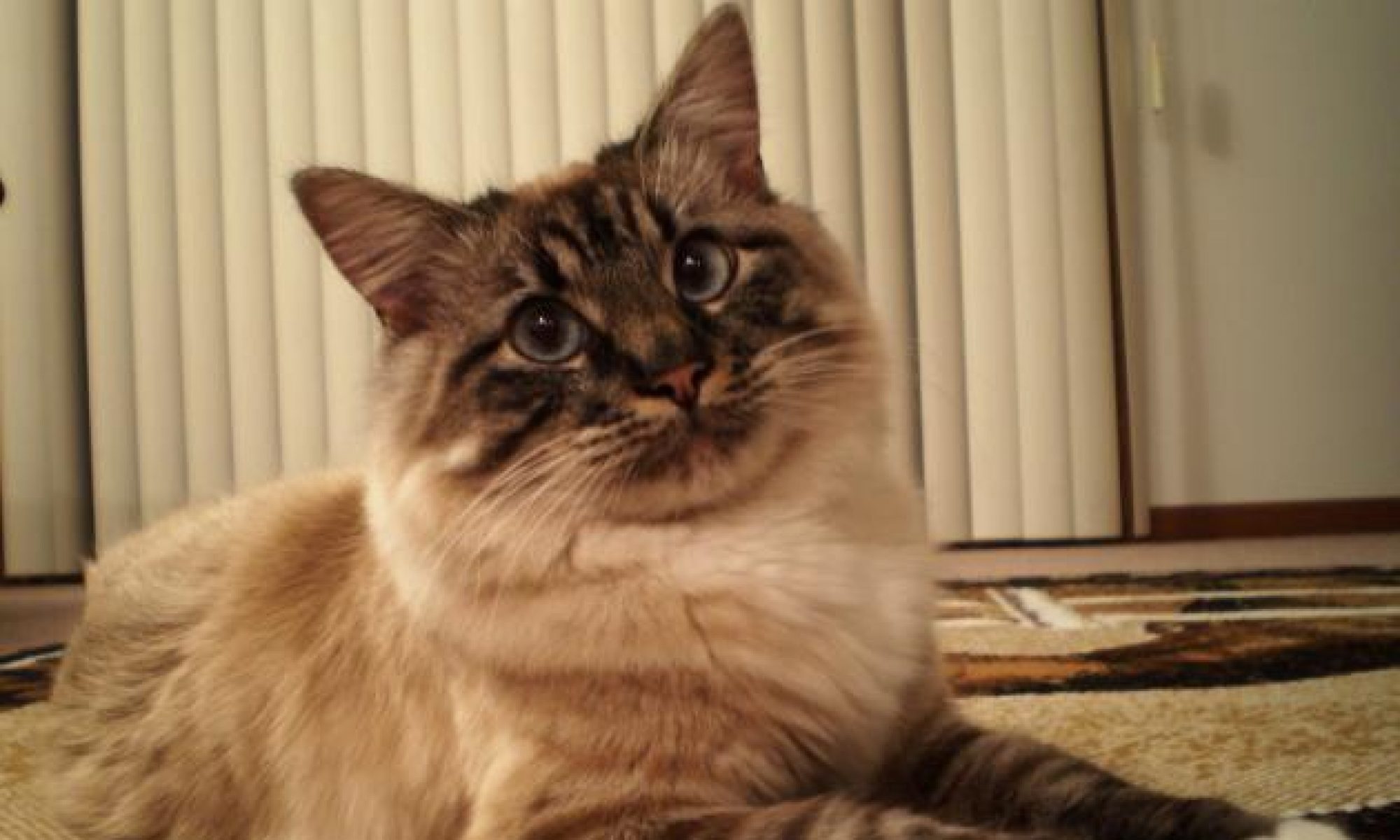Introduction
Internal parasites can be found in many different organs and tissues of an animal’s body. One area commonly targeted is the intestines. Parasite infections can occur through a number of possible routes, depending on the parasite species and the stage of the parasite’s life cycle playing a role in transmission. A primary route of infection is ingestion of infective eggs from the environment. Typically this happens when a dog or cat ingests fecal matter or soil that contains fecal …



